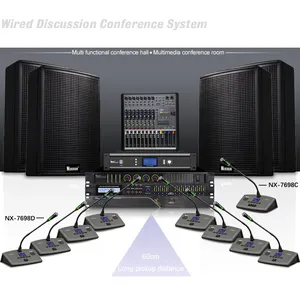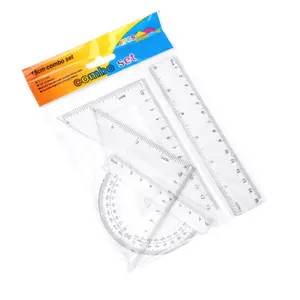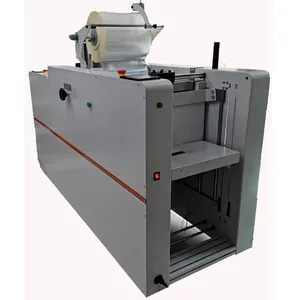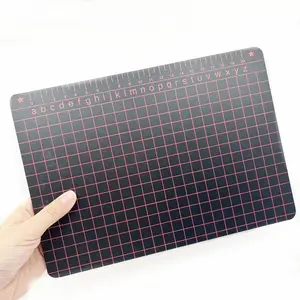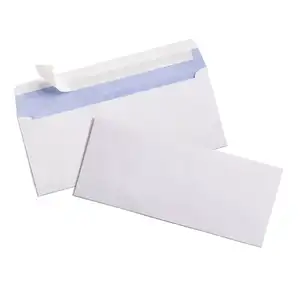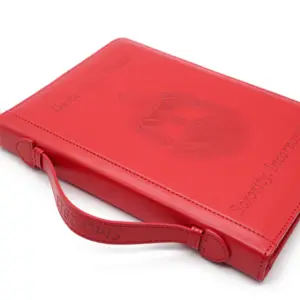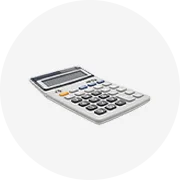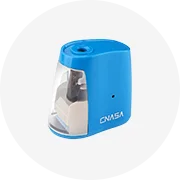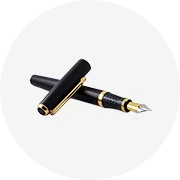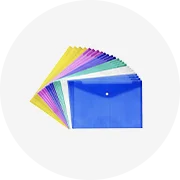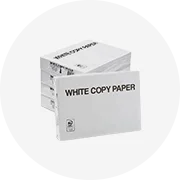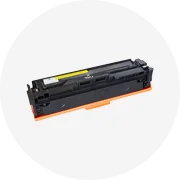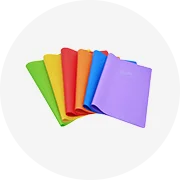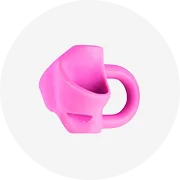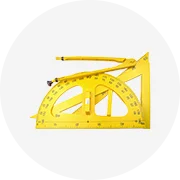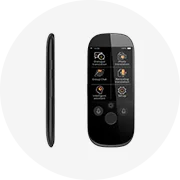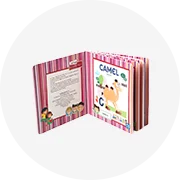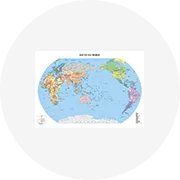Popular in your industry



































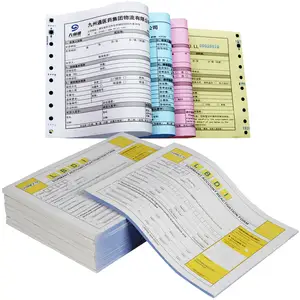


































Related Searches:



























































































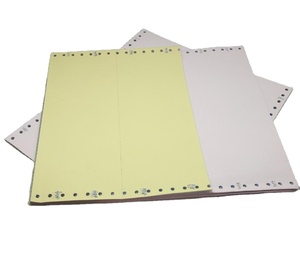





















































Top categories
About carbonless continuous form paper
Introduction to Carbonless Continuous Form Paper
Carbonless continuous form paper is a staple in various business settings, designed to create duplicate or triplicate copies of documents without the need for electronic devices. This innovative paper solution is essential for efficient record-keeping and transaction tracking in numerous industries.
Types and Applications
The versatility of carbonless paper is evident in its range of types. Users can select from 2-part, 3-part, or more complex custom forms, each serving a specific function. These forms are utilized in sectors such as retail, logistics, and finance for invoices, order forms, and other critical documentation processes.
Features and Materials
Carbonless continuous form paper is characterized by its pressure-sensitive design, which allows for the transfer of written or typed information from one sheet to another. Made from a special type of paper coated with micro-encapsulated dye or reactive clay, it ensures clear and smudge-free duplicates.
Advantages of Carbonless Paper
The primary advantage of using carbonless printer paper is its ability to instantly create multiple copies of a document, which is crucial for accurate record-keeping. Additionally, it is an eco-friendly option as it reduces the need for printing multiple copies, thereby saving energy and resources.
Product Variations
Carbonless paper rolls, sheets, and reels are available to suit different printing machines and purposes. For customization, blank carbonless papers are offered in various sizes, including standard A4, A5, and A3, catering to the unique needs of businesses. Moreover, pre-collated and pre-perforated options provide added convenience for specific tasks.
Choosing the Right Carbonless Paper
Selecting the appropriate carbonless continuous form paper involves considering the size, color, and number of parts required. While color may play a role in organization and categorization, the size and format should align with the intended use and compatibility with existing printing equipment.
